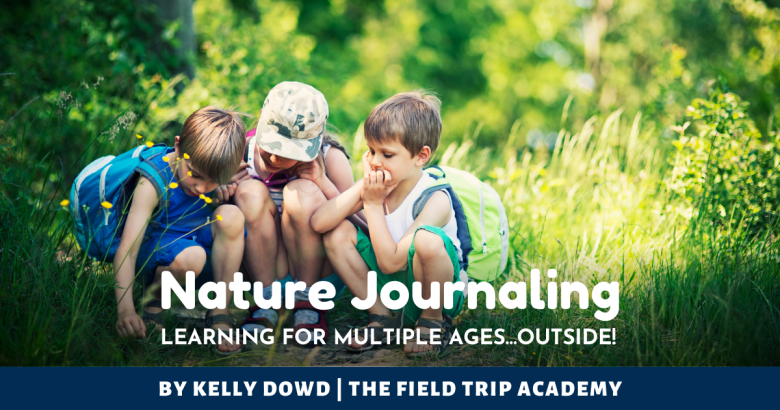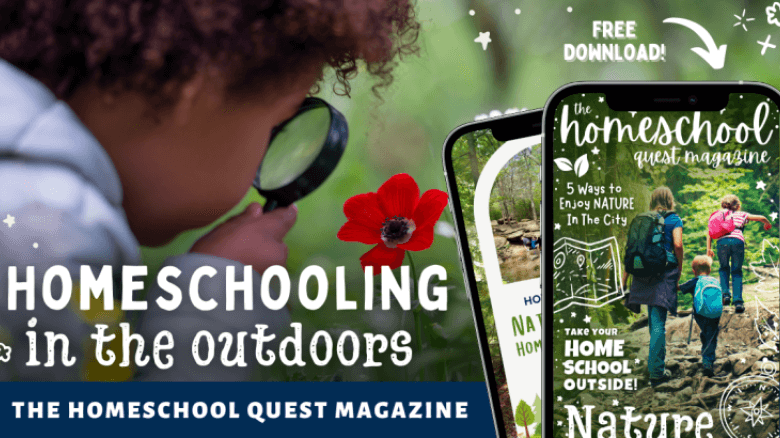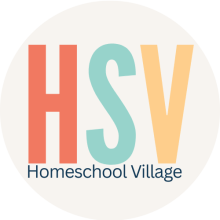By Kelly Dowd with The Field Trip Academy
As a veteran homeschool mom of three kids and a certified teacher, I am always looking for ways to work smarter, not harder.
Nature journaling is an easy way to differentiate learning - science, art, writing, and math - anytime you’re out and about in nature, or doing nature study at home.
If you don’t already have nature journaling as a part of your homeschool routine, I’m hoping this article will convince you to get started!
What Is Nature Journaling?
Nature journaling is the process of recording observations of organisms, processes, or places found in nature. Typically, you record your thoughts with writing, drawing or numbers.
Nature journaling is a great way to connect with nature, develop observation skills, deepen scientific understanding of the natural world and enhance creativity. It encourages the observer to slow down, pay attention to details, and appreciate the beauty around them.
Supplies for nature journaling can be as simple as a spiral bound sketchbook and a pencil, or include more complex materials such as smartphones, watercolors, measuring tools, binoculars and magnifying lenses.
How simple or complex you make the process of nature journaling is very adaptable - to the particular day or to the individual learner!
Who Can Nature Journal?
One of the things I love best about nature journaling is that it can be done by everyone…and I truly mean everyone! A toddler can scribble a picture and dictate a sentence.
A five year old can make a rough sketch and label it with approximated spelling. A middle schooler can attempt to identify a species with a field guide and draw a detailed sketch with species information.
Teenagers and beyond can compare and contrast organisms, record behavioral information and do additional research at home as follow up.
Despite the very diverse range of outcomes in the nature journal, everyone in your homeschool group (family, friends or co-op) can record observations at their own level while being in the same location, observing the same thing.
How to Differentiate Nature Journaling with Your Homeschoolers
A Beautiful Day at the Stream
Now it’s time for some practical ideas! Let’s break down exactly how you can implement nature journaling with a group of homeschoolers to differentiate instruction during nature study.
We will imagine that it’s a beautiful day and you’ve decided to head down to your local stream to cool off, but you also want to incorporate some nature study and journaling into the outing. Here’s what you can do:
The Plan for Everyone:
Find a living organism in or near the stream and observe it. Record your observations in your nature journal. Use pictures, words, and numbers.
Early Elementary:
At this age, writing is probably still a challenge as an expressive tool, but drawing is more manageable.
This learner can draw a picture of the critter they observe, paying special attention to things like number of legs, body segments, and relative size (“it’s the size of my pinky fingernail”).
They can label parts of the critter independently, and then dictate their full observation to an older sibling or adult to record in the nature journal.
Upper Elementary:
By upper elementary age, writing is easier for many. This age of learner can make a more detailed sketch of their critter, and write a few sentences independently about what they observe.
They can mention the number of body parts, describe the color and behavior of the creature, and measure (or approximate) size in standard units (“it is about 1 cm long, and 2 mm wide”).
Middle School:
Middle school learners have a solid grasp of writing and standard measurement. Nature journaling expectations can be expanded to include writing a full paragraph, and including standard measurements.
More detailed observations about appearance and behavior can be included. An additional build for this age is identifying the organism, either with a traditional field guide or with a smartphone app such as Seek by iNaturalist.
If the organism can be identified, that information can be included in the journal entry.
High School - Adult:
From high school age and up, the sky's the limit! Focus on expanding the quality of the sketch, the length and detail of the written observation, or the numerical data collected about the organism.
Comparing two organisms is another good way to differentiate the instruction for older learners. Can they observe two different organisms and compare and contrast their characteristics? Of course we should make identification a priority at this age range.
If you can identify the species in the field using field guides or smartphone apps, great. If not, have them follow up at home with more robust print or internet resources.
Pro Tip for All Ages:
Take close up photos of whatever you’re observing. This way, if things go off the rails (as they often do!) you’ll have what you need to finish up your nature journals at home!
So, as you can see, you all started at the same location with the same activity, but were able to work in your nature journals at very different levels.
There was no extra effort needed from you as a parent, and the results in the nature journals should be very individualized once they are finished.
Start Nature Journaling Today!
I hope you’ll give nature journaling a try with your homeschoolers! It’s a great way to get outside and grow your connection with the natural world, as well as with each other.
For such a simple activity, nature journaling offers a robust opportunity to grow and develop skills in scientific observation, drawing, writing, research and measurement - all at a very individualized pace.
Who knows? Maybe you will start a nature journal for yourself too!
Read More!
- Log in to post comments






